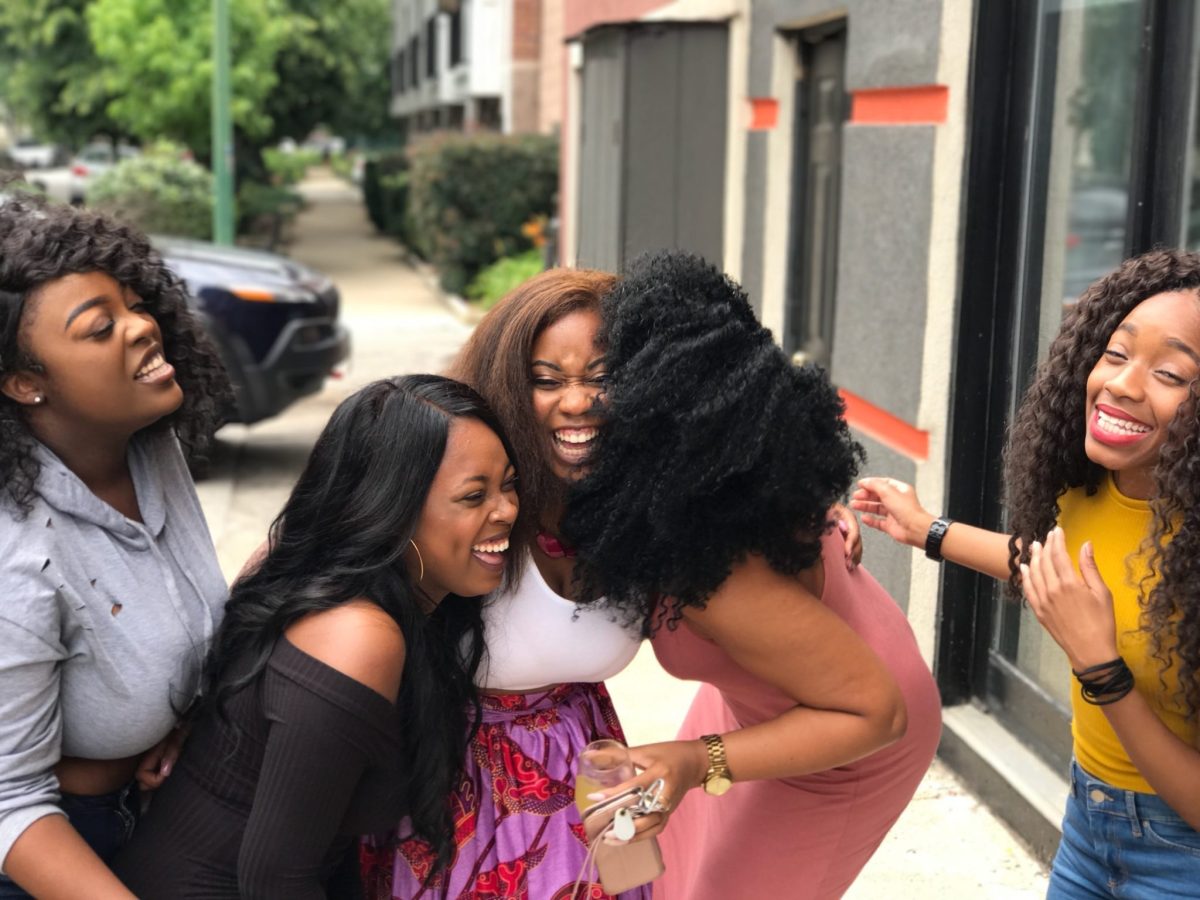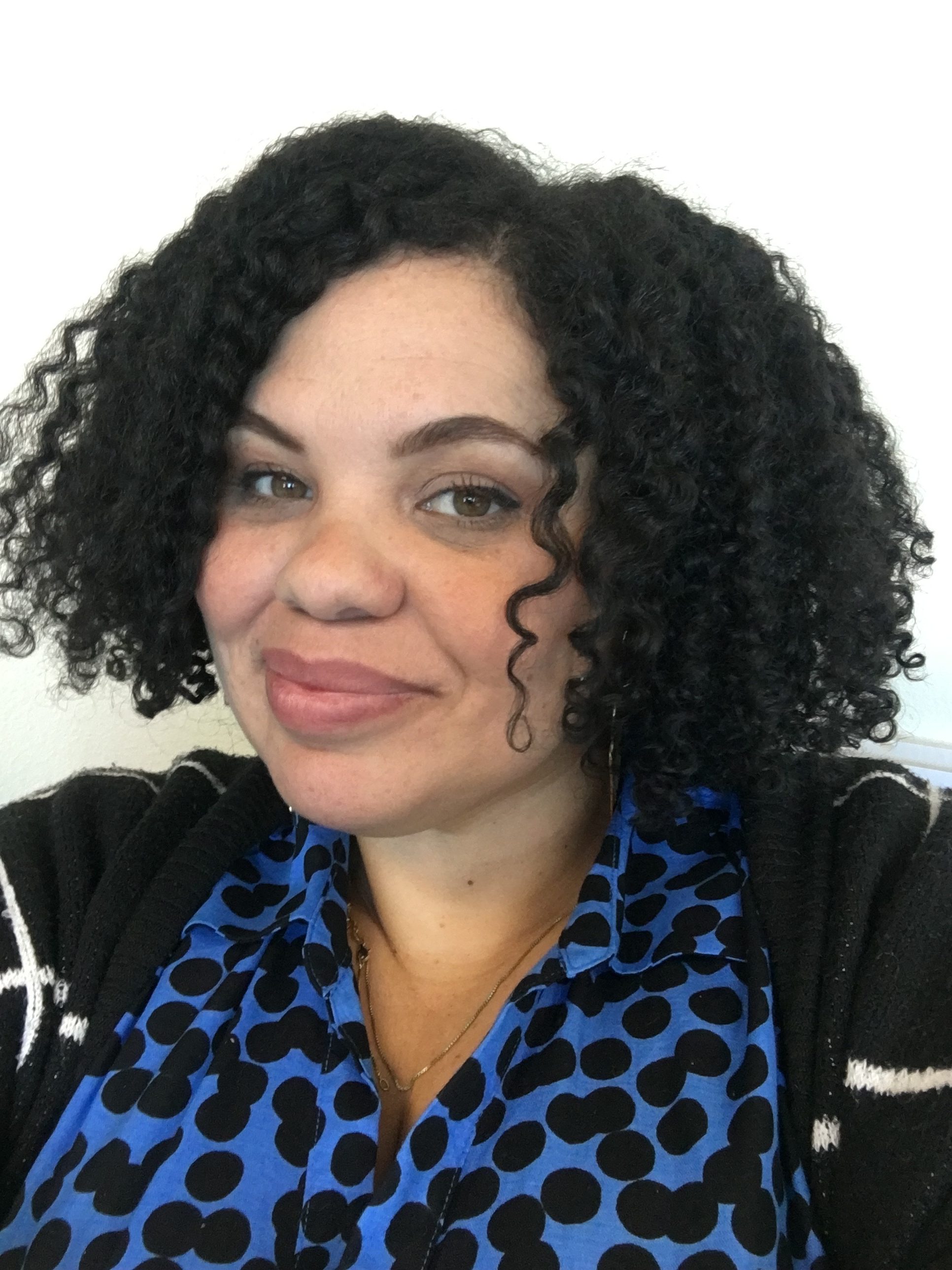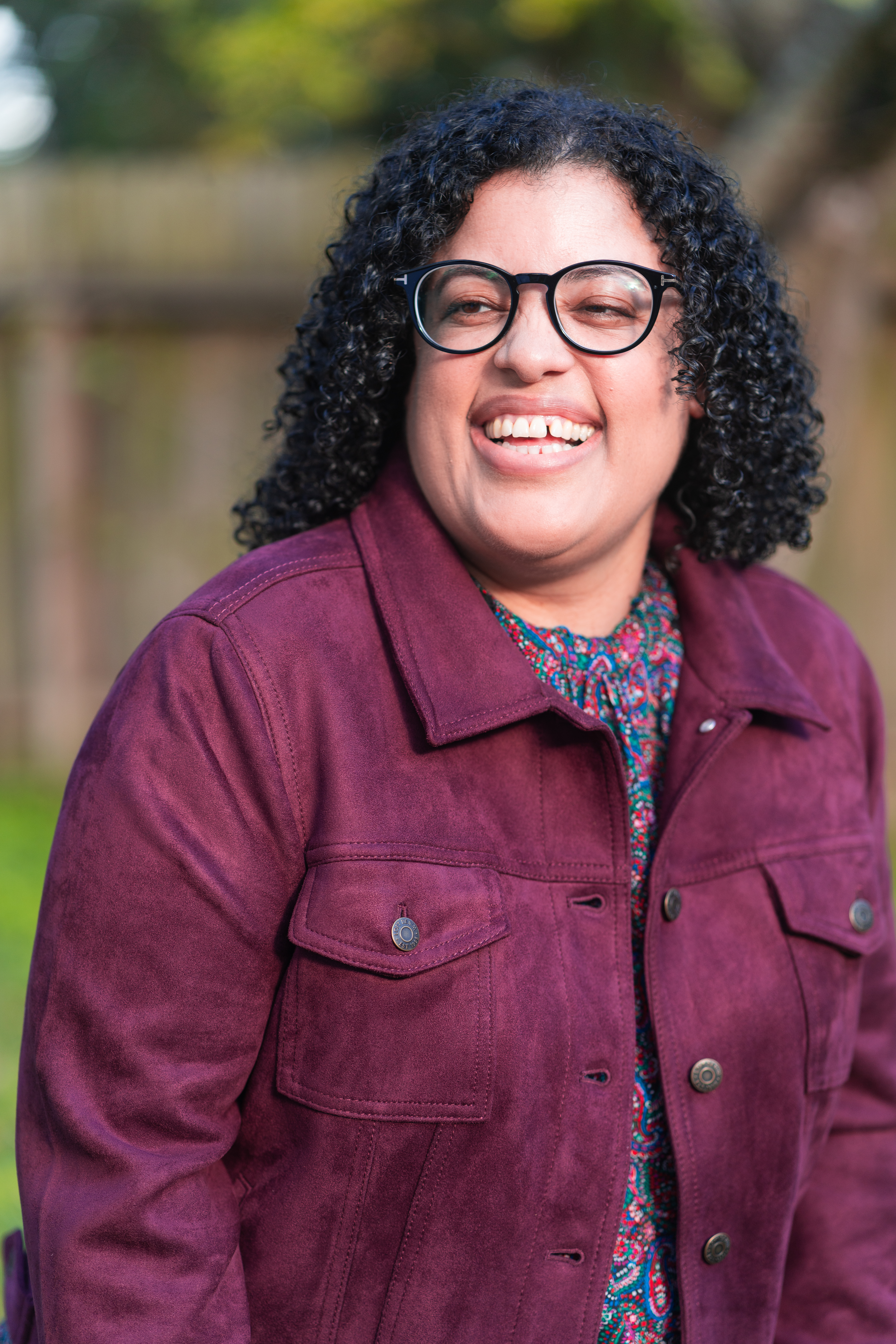
Source: Pexel / Pexel
I am a die-hard Gen-Xer. I grew up in the age of NWA, Cross Colours, Africa medallions and Malcolm X caps. Rap was rivaling grunge to be the music of the day. Ebonics, now referred to as AAVE, was becoming more of a thing in Tucson, Arizona and dances like the butterfly and tootsie roll had replaced the wop, running man and cabbage patch. I was about my Blackness.
And my mom was having none of it.
She subscribed heavily to the notion of respectability politics. Slang made you sound uneducated. Cross Colours and wearing your clothes backward, a la Criss Cross, was unpresentable. Only hoodlums ran around with their sneakers untied, and rap was for gangsters and thugs. My mother is also Puerto Rican and Taino Indian was raised in Puerto Rico and didn’t move to “the states” until she was 15 years old (1970). She missed segregation, Jim Crow, MLK, Malcolm X, the formation of the Black Panther Party – all of it. She didn’t have a stake in what it meant to be Black in this country because she had never been Black in this country. She had been Puerto Rican, on an island where the term “negrita” was a term of endearment. My mother, darker than the fair-skin Puerto Ricans on the island, was negrita.
When you don’t have a context for race as it applies to a country’s social, ethical, political and moral struggles and ideology, it is impossible to love, much less understand all facets of said race.
For all of the aforementioned reasons, I wasn’t really allowed to be Black. Not in the way the other kids at my school were allowed to really sit in their Blackness. I was often told I “talked white,” dressed white, thought I was white, was a white girl trapped in a Black girl’s body, and was an OREO (Black on the outside, white on the inside). In hindsight, of course, I know there’s no such thing as “sounding white” or “dressing white” but at the time, all I knew was that I didn’t fit in. Now don’t get me wrong – some of the Black kids were cool with me, and I had one Black friend who was like a Big brother to me, but for the most part, we were acquaintances. It wasn’t until I was twenty-four and began dating one very fine and very militant brotha who questioned my lack of knowledge at every turn that I not only learned about my own Blackness but also began to figure out what it looked like, what it felt like and how it moved through me. In a way, it kind of felt like I was earning my seat at the table.
Can I Get In Where I Fit In?

Source: Courtesy of Lizz Denneau / Adiba Nelson
Lizz Denneau, a mixed race (Black and Irish) visual artist and art educator in Tucson, Arizona experienced similar feelings of “where do I fit in” due to being raised by the white side of her family. Lizz, a self-proclaimed “Goth Girl,” raised by John Hughes films and white people, says that growing up the only Black girl in her white family was fine – the trouble started when she got to school.
“They were very keen on letting me know how beautiful I was and that I was part of the family. And it was the colorblind 90’s, right… But once I started getting older and was in elementary school, first and second grade, the other students were the ones who called attention to my race.”
Lizz said that when a little boy asked her “what she was” and then made the assumption that she was Hawaiian, she was excited and thought it was cool that he thought she was from someplace “exotic”. However, when she reported this information to her family, the excitement was quickly sucked out of her body. She didn’t know she was Black, and thus began the decades-long experience of Lizz not knowing how she fit into the Black community, and the Black community not knowing what to do with Lizz.
“Questions about my Blackness or lack thereof almost always came from outside sources. But… there was no education about my Blackness either,” she says.
She says that feeling like a misfit, like an outsider, is what led her to find the people she could gel with – the Goth kids – which inadvertently made her even more different to the Black kids at her high school. Lizz didn’t feel like she could even claim her Blackness in Black spaces until she was in her 30s. “So that was it. It was college. That was when I started to have the language to describe the experiences I’d had and realized that nobody had to give me permission to call myself Black.
All The Intersections

Source: Courtesy of Eden Baker/ Adiba Nelson
Eden Baker, a Black, disabled educational aide living in Globe, Arizona, says that claiming her Blackness was compounded by three things: growing up in a town that only had approximately 50 Black people in it, the intersection of her race and disability, and being adopted by white parents.
She was born in Baltimore, Maryland, but was adopted at eight months by white parents who moved her to Mesa, Arizona.
While Mesa is not a booming Black race metropolis, it arguably has a larger Black demographic than Globe, where Eden moved with her family when she was 10-years-old. While her parents never “othered” her and did their best to make sure she had books with Black characters in them and Black dolls to play with, her white classmates not only questioned the validity of her white mother but also made crude stereotype-based assumptions about Eden’s Black birth mother.
“I would just get sad when people would mention things and like, “Oh, is it because she went to jail” or “Did she do drugs?”
They would go on to assume that if it wasn’t either of those things, it was because she didn’t pay child support, or she had too many kids, and the state took Eden away from her birth mother. Eden said these experiences didn’t make her question her Blackness as much as they made her empathetic towards other Black kids who may have been in her same situation.
Connecting with the three other Black kids she went to school with proved to be equally challenging because of her disability. They were athletes, and because Eden has Cerebral Palsy, she was not.
“I mean, I think they were my friends, but we didn’t really hang out. And I think that just made it hard because I didn’t really know how to be with them as a Black person. I just felt unsure and shy because I didn’t really have that (Blackness) as a kid either. In high school, there were a couple more (Black kids), but again, they all did sports and things like that, so we didn’t really hang out. And even now, as an adult, I find it hard to hang out around other Black people because I am still so unsure.”
Eden says she’s still struggling to find her place in the Black community with respect to culture, specifically as a disabled woman, but feels joy when she sees a group of people that look like her.
“I still get very shy when I’m in a group of Black people, but I get happy also because I know those are my people. When I see them dancing and having fun, it makes me want to join in.”
Blackness, Where Are You?

Source: Courtesy of Shannon Luders-Manuel / Adiba Nelson
“Digging deep about that day, I realized that part of what made it so special is that it was my first experience with Black joy (and I didn’t have it again for a long time).”
Those are the words of Shannon Luders-Manuel, mixed race author of the forthcoming memoir, Black Prince: A Father-Daughter Story in Black and White. Shannon was referring to an afternoon spent with her Black father and cousin, whom she rarely got to spend time with. Shannon was raised by her white mother in a predominantly white suburb of Northern California. Her adolescence was spent surrounded by mostly white kids, some Mexicans, some Asians, and a small handful of Black kids. She was often mistaken for being Mexican because of her racially ambiguous appearance and last name, and because of this, her school counselors often let her grades “slip,” telling her mother (when she inquired about them) that her grades were fine. Shannon’s mother knew that was code for “fine for a minority” and demanded better for her child.
However, Shannon still felt like an outcast, and this alone-ness was amplified when she and her mother began attending a very white mega-church.
“It was very white, and I began listening to white Christian music. But I still tried to navigate my Blackness by reading books and getting my hair braided.”
Shannon recalled that there was a Black man that attended the church and was married to a white woman. The mixed race woman longed for connection and a Black father figure in her life and reached out to the man, asking him if he would take on that role. He agreed to her request, but the arrangement was short-lived.
“We didn’t have much to say, so we didn’t keep meeting. But it was me, trying to make a Black connection, even though it didn’t work out.” It wasn’t until grad school at UMASS, another PWI (predominantly white institution) that Shannon finally found “her people.”
A group of five Black women and one mixed-race man spanning three departments.
“They just saw me. They knew I was mixed race – I didn’t try to deny that. But they saw me as just another Black girl, and I’m still friends with all of them today.”
Blackness, I’m Home
There is a risk in not ensuring that a child’s culture (all parts of it) is imparted during their formative years. And the risk is that child feels forever misplaced, even when standing in the midst of the place they should feel most at home. One thing Lizz, Shannon, Eden and I all agreed on was that there is a different kind of warmth and love that comes with getting the approval of “our people.”
It reminds us that, yes, these are our people… we are Black too. In a way, it feels almost like a legitimization of our Blackness, and for me, at least, tells me that I’m home.
RELATED CONTENT: Exclusive: Mixed-ish Star Arica Himmel Dishes On The Importance Of Self-Love And Having Tracee Ellis Ross As A Mentor









